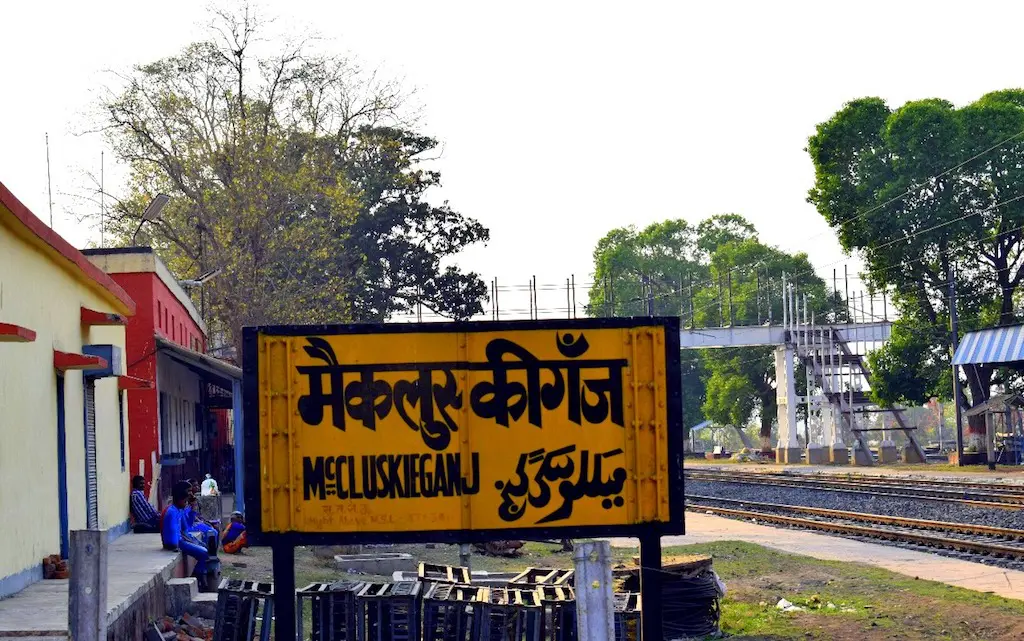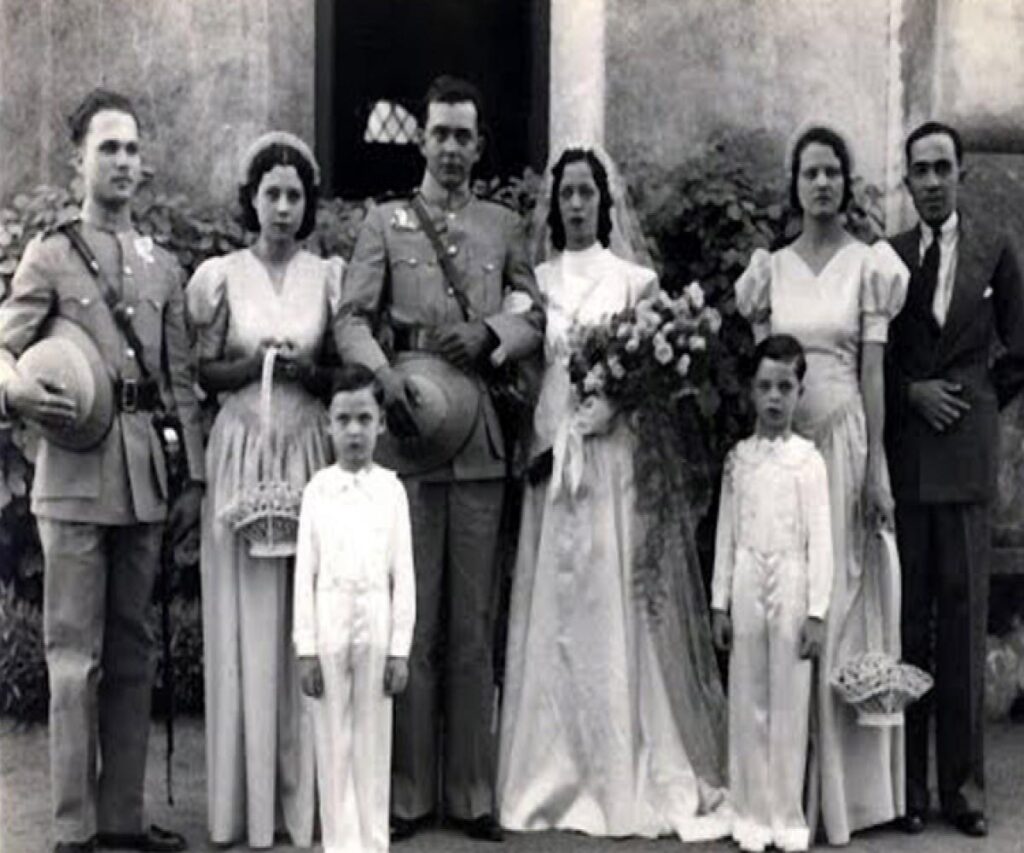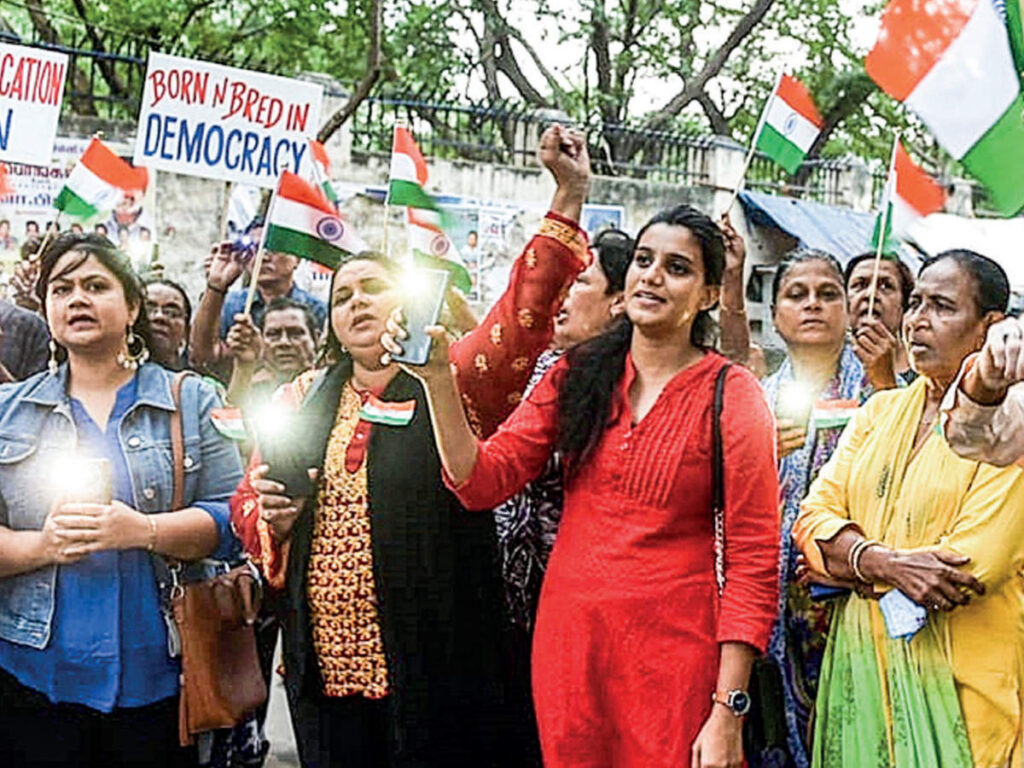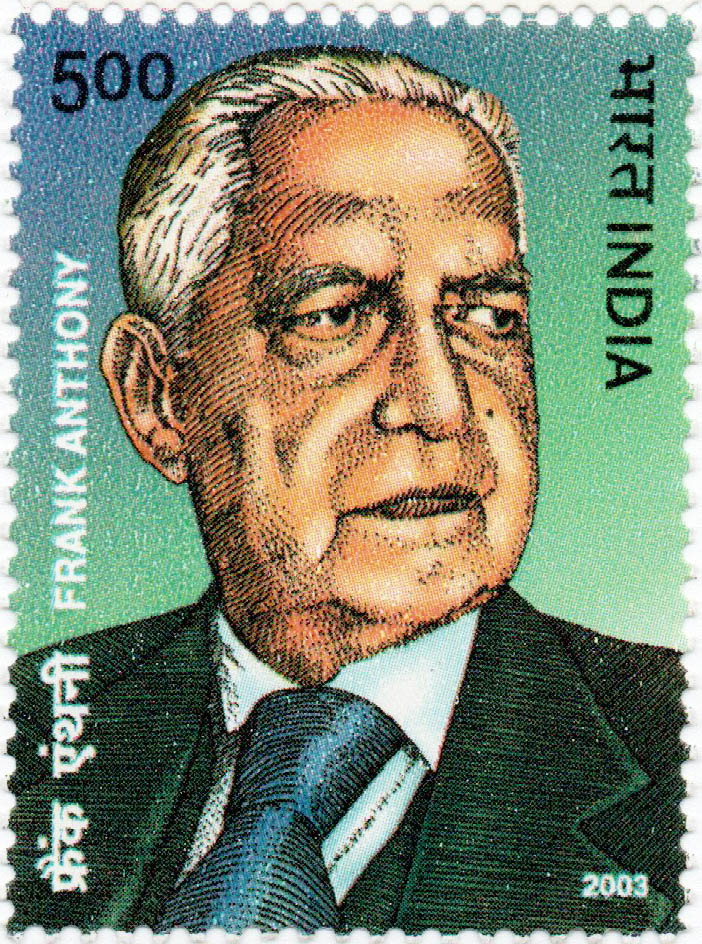You may have heard of the term “Anglo-Indians” in your lifetime, but who are they? Where did they come from? Which state do they belong to? Let us try to understand everything related to Anglo Indians.
As the name suggests, Anglo-Indians basically means a mixture of Britishers and Indians, but according to Article 366 of the Indian Constitution, the definition of the word “Anglo-Indian” is “a person born or living in India whose father or anyone in the male bloodline was of European descent”. According to the 2011 census, 296 Anglo-Indians live in the entire country, but people of this community believe that this number is incorrect.
This community is quite spread out throughout the country. There is no one state which could be called the home state of the community, but you will find many people from the Anglo-Indian community living in Kolkata because Kolkata used to be home to British officers.
Amidst the hills of Jharkhand, there is a lonely town known as ‘Mccluskieganj’, which was built by Earnest Mcckluskie. He was an Anglo-Indian, and he built this town for Anglo-Indian families.

What was the origin of the Anglo-Indians community?
The origin of the Anglo-Indians entails an interesting story. It doesn’t belong to any specific state or region. Rather, their story is one of migration and colonial policy. It is the story of the 1600s. The East India Company came to India and set up the first few factories. One was in Surat, another in Andhra Pradesh, and yet another in Madras. Soon, they started prospering and started putting up more factories in India. They used to call British officers from England to work in India, and as they put up more and more factories, they had to call more British officers to work in India. They were young boys who left their lives in Britain and came to work in India in search of money and a good career.
One of the most important trading centers for the British was in Madras. So many officers lived there. These young boys were now looking for girls to marry, but the British women did not want to come to India because, in the 1600s, if someone had to come to India from the UK, then it was likely that they had to spend their entire lives there. So very few women wanted to come and live in India. British officers thought to marry Portuguese and French women because there used to be Portuguese and French colonies in South India then, but a big problem developed because of it. The Portuguese and French women belonged to the Roman Catholic sect of Christianity, while the British officers belonged to the Protestant sect. These are the same religion, i.e., Christianity, but two different sects, and at that time there was discord between them. There, churches were competing with each other a lot. This was called the English Reformation. So, due to this conflict, the East India Company did not like British officers marrying these French and Portuguese women because of the discord. So who would British officers marry now? They started marrying local Indian women, and when the East India Company saw this happening, they preferred this as compared to Portuguese and French women. In fact, the EIC liked this option so much that they instituted a new policy in which a British officer who marries a local Indian woman receives Rs 5 as a reward if they have a child. The EIC was actually encouraging British officers to marry Indian women, and the children of such marriages were dubbed “Eurasians.” As this became more common over time, a community was formed known as the Anglo-Indian community.

The expansion of the Anglo-Indians community
As the EIC spread in India, similar communities were seen in other parts of the country, especially in West Bengal. Britishers were working on the railways in West Bengal, so British officers were called in big numbers, who were drivers and engineers. Even today, the Anglo-Indian community is associated with the railways.
Many famous dishes were also originated by this community. Railway Chicken Curry, Dak Bungalow Chicken, and Ball Curry are some dishes that have originated in the Anglo-Indian community, and their recipes have been passed down over the generations.
By the early 1800s, the Anglo-Indian community started to flourish. They started to develop because, firstly, they had already gotten a financial incentive for marrying locals. Secondly, many members of the Anglo-Indian community served in the British Army and British Navy, and to promote all these, the EIC used to send the children of the Anglo-Indian community to England to study.
The Anglo-Indian community was quite successful. In fact, by the end of the 1800s, the population of the community exceeded the actual British people in India. Seeing this, Britishers started to feel troubled. They were concerned that, in the future, the Anglo-Indian community would outnumber them and seize control of the EIC. The people who were pure Britishers started to get worried that they might be overthrown by the Anglo-Indian community, and keeping this in mind, they made some new rules. The first rule was made in 1786. If the father dies, then the children cannot go to England to study. After this, another policy was introduced which stated that son of a native Indian would not be appointed in the civil, military, or marine services of the EIC, including the Anglo-Indian community. All the Anglo-Indians who were serving in the British army were removed from their jobs.
In 1825, the same members of the community came together and drew a petition to demand equal rights and opportunities from the British government. One of them was J.W. Ricket, who left England in 1830 and reached the British Parliament with the petition. The Rickets petition was accepted by the British parliament and a new clause was added to the Charter Act of 1833. This clause said that all people, regardless of birth or color, were entitled to jobs in civil and military services in India.
Over time, this community has worked with the government and has contributed quite a lot to the different sectors of India. For example, the ICSE board was founded by a member of the Anglo-Indian community, Frank Anthony, in 1958, but the contribution of this community to education dates back years prior to this.
The Anglo-Indian community living in India wanted to educate their children in English-medium schools, inculcating British behavior and manners. As a result, this community built many new private schools in Madras and Kolkata. Some of them are Gaynard School, La Hartiniers, and St. Xavier’s. The beginning of all these schools is attributed to the Anglo-Indian community. Today, all these schools are considered very prestigious.
As reported by All India Association for Anglo-Indians in 1921, more than 11,000 Anglo-Indians were working on the railways that time. The railway was a major employment sector in this community.
Henry Gidney, another member of the community, had only one concern that this employment could be retained. The then Viceroy of the British Indian government nominated Henry Gidney to the Central Legislative Assembly in 1921. The Central Legislative Assembly was the lower house of the British government. He was nominated five times in that house. He founded the All-Indian Anglo-Indian Association in 1920, which exists to this date.
After Partition
In 1947, 20 million Anglo-Indians were living in India, and there was a sense of conflict for these Anglo-Indians. On one hand, they considered themselves to be Indian, but on the other hand, the British government had helped them a lot and supported them throughout the years, but the British government was like an enemy to the Indians. So a sense of insecurity prevails in them that if the British left India, who would look after the welfare of this community? Due to this conflict, many Anglo-Indians left India to live in the UK, Australia, New Zealand, and Canada, but some Anglo-Indians decided that they would live in India itself and they would deal with the insecurity. Frank Anthony was one of them. He raised his voice and demanded the reservation of not only the Anglo-Indians but also for the rest of the minority communities as well. He said that the majority community will definitely feel that the reservation is a divide, but for the minority community, the reservation is a guarantee of their survival. After 10 years, it can be reviewed. Article 331 was added to the constitution, which empowers the President to nominate two Anglo-Indian members to the Loksabha. Frank Anthony is quite respected in this community. His famous saying was, “The more we love and are loyal to India, the more India will be loyal to us.”
Article 331 states that Anglo-Indians nominated to the Loksabha are free to join any political party of their choice. Then there is another Article 334, which says that the provision of Article 331 will be removed after being first applied, but the government that came after that kept renewing this provision, so the procedure of nomination kept on going until 2020.
The Present Condition of the Anglo-Indians Community

In January 2020, the government finally decided to remove this provision. Then law minister Ravi Shankar Prasad said, “Only 296 members remain of this community according to the 2011 census, so there is no point in reservation for such a small number of people.” But the people of this community say that this number is incorrect. Rajya Sabha M.P Derek O’Brien, who belongs to the Anglo-Indian community, says that there are about 3.5 lakh Anglo-Indians living in India.
According to The Hindu Report (2013), many members of the Anglo-Indian community are economically and socially poor. But Hibi Eden, another M.P from this community, says that the reservation granted was not only for economic and social upliftment but also to give Anglo-Indians a sense of belonging, which he believes that the community needs even today. The latest demand of this community has been to be given minority status by the government so that they can get more benefits under government schemes and scholarships.

1 thought on “Who are the Anglo-Indians?”